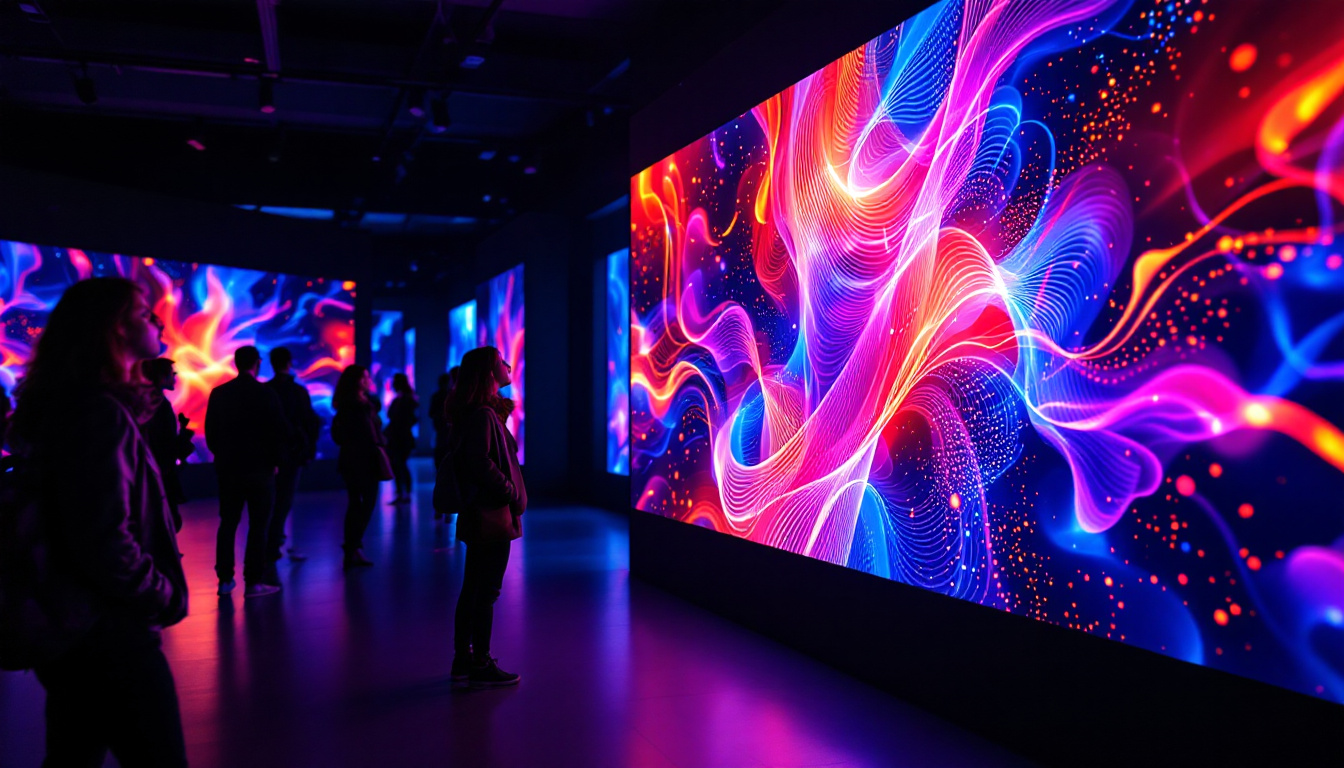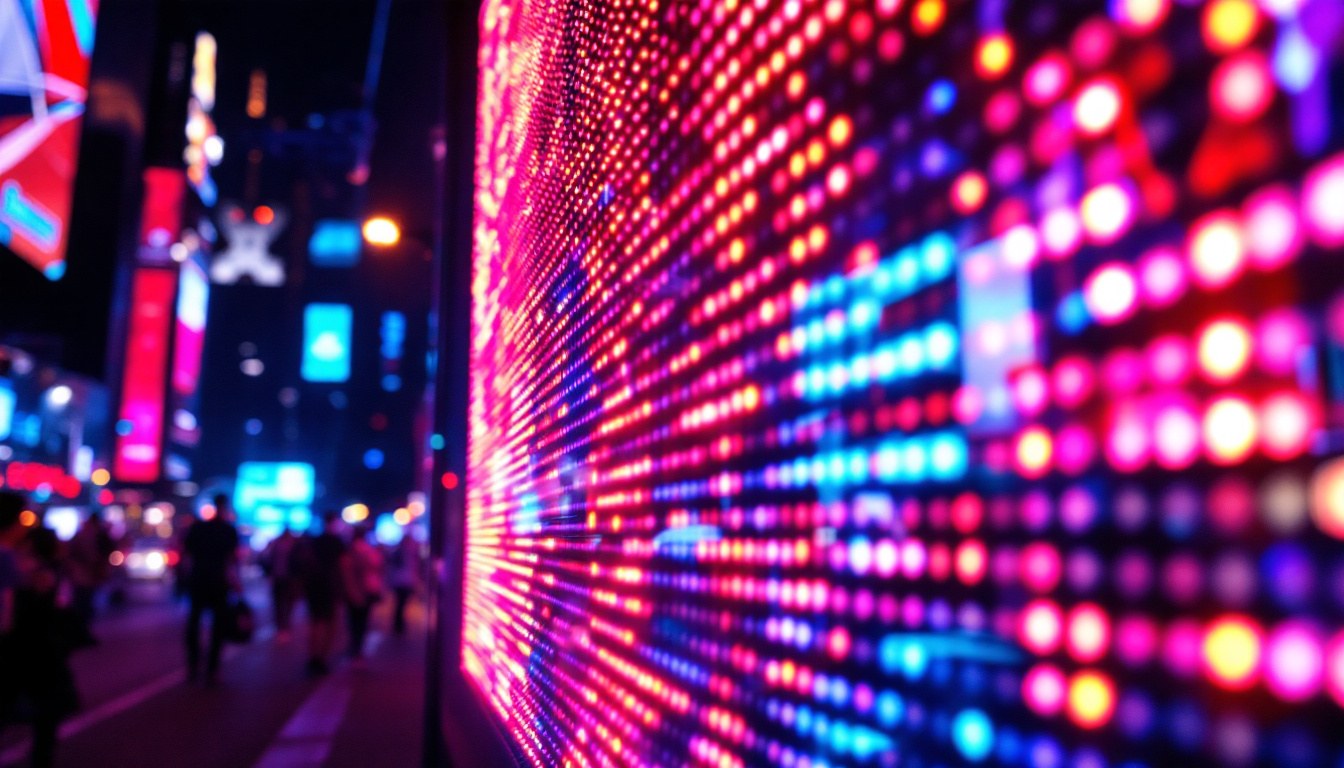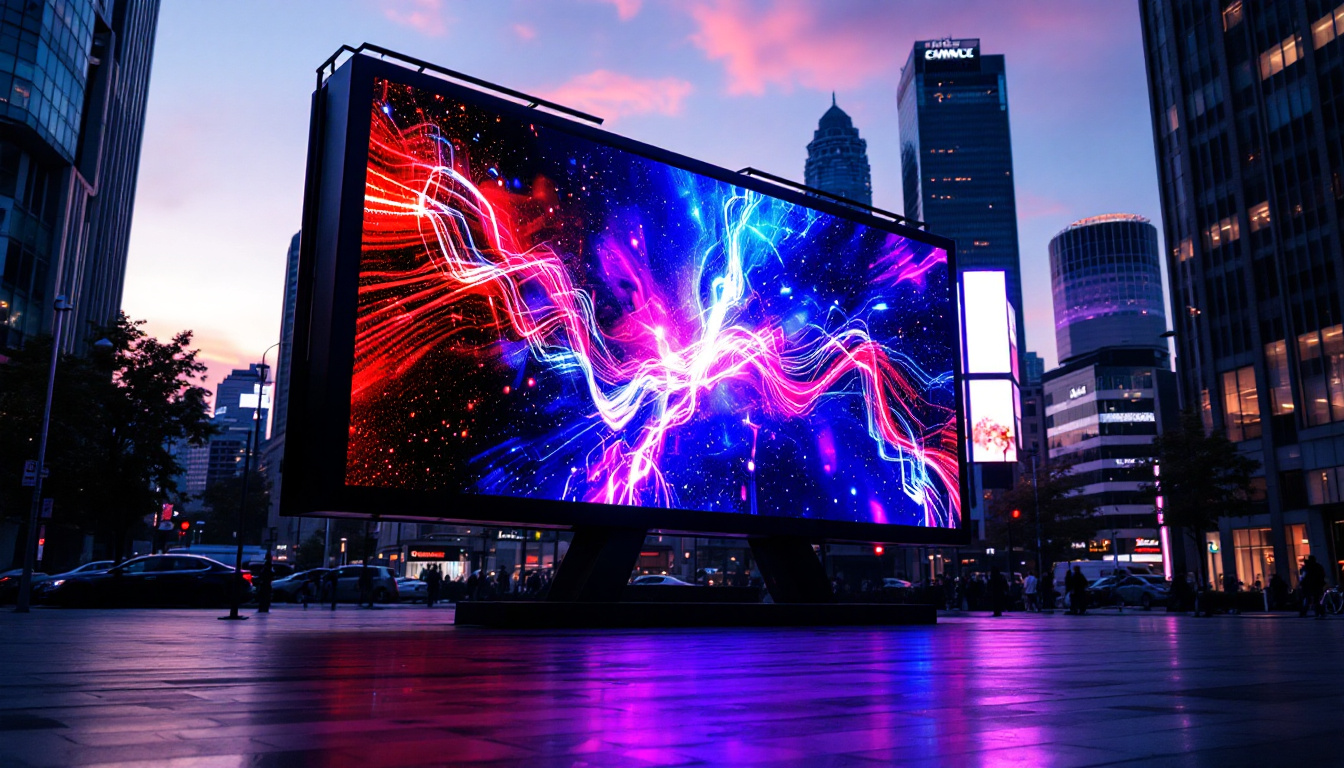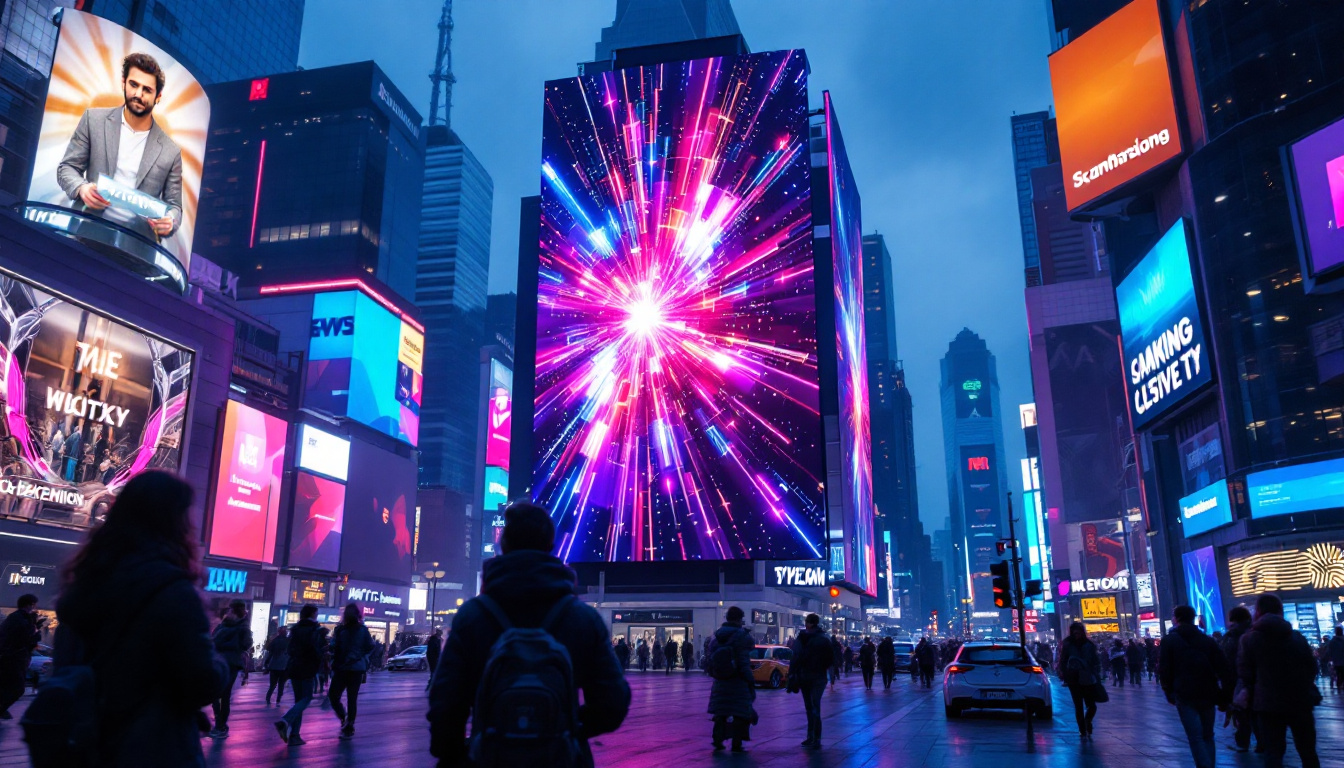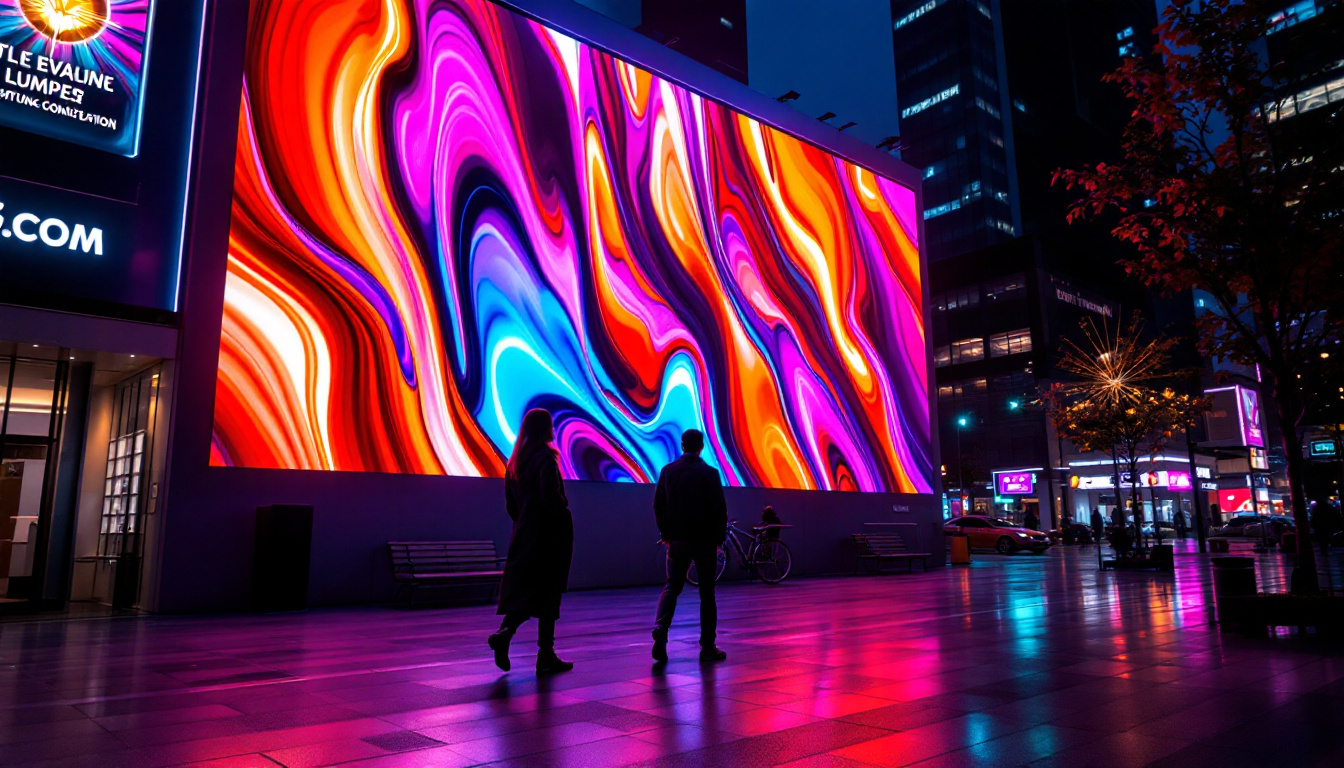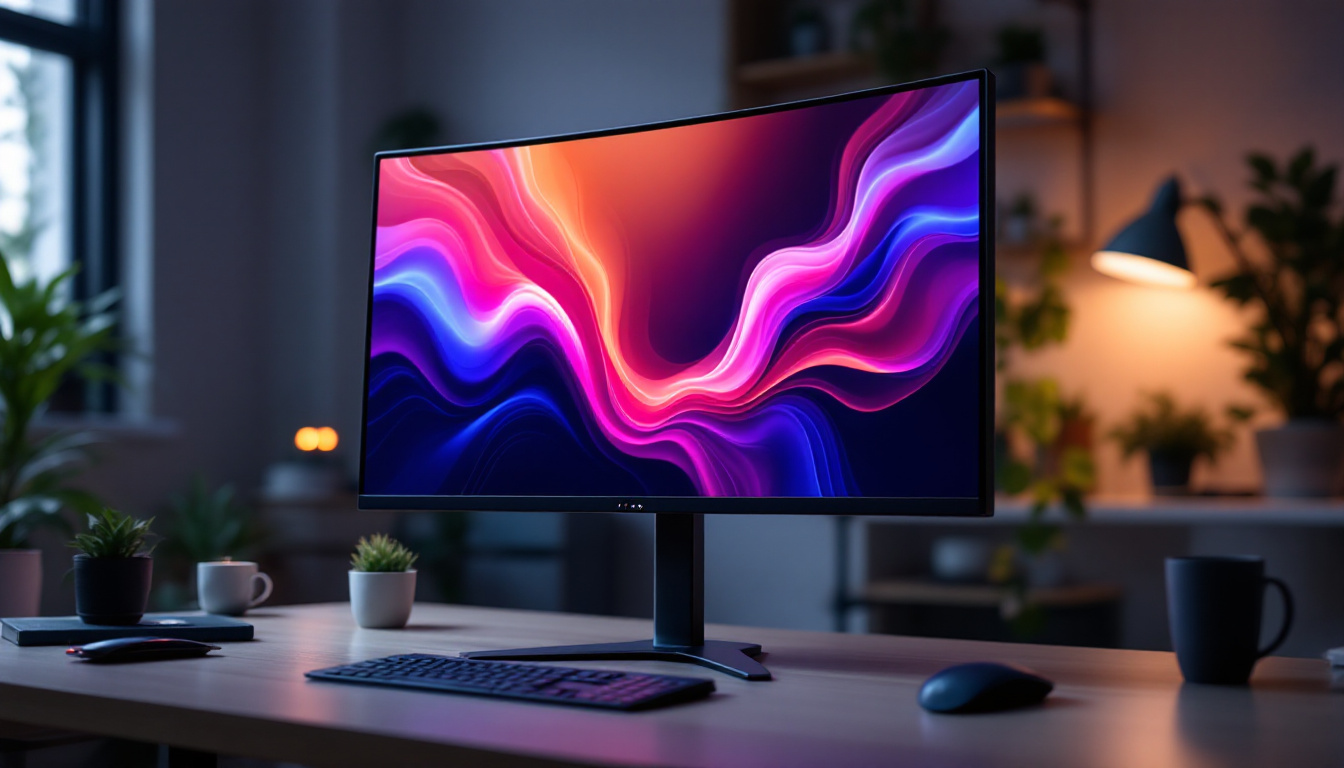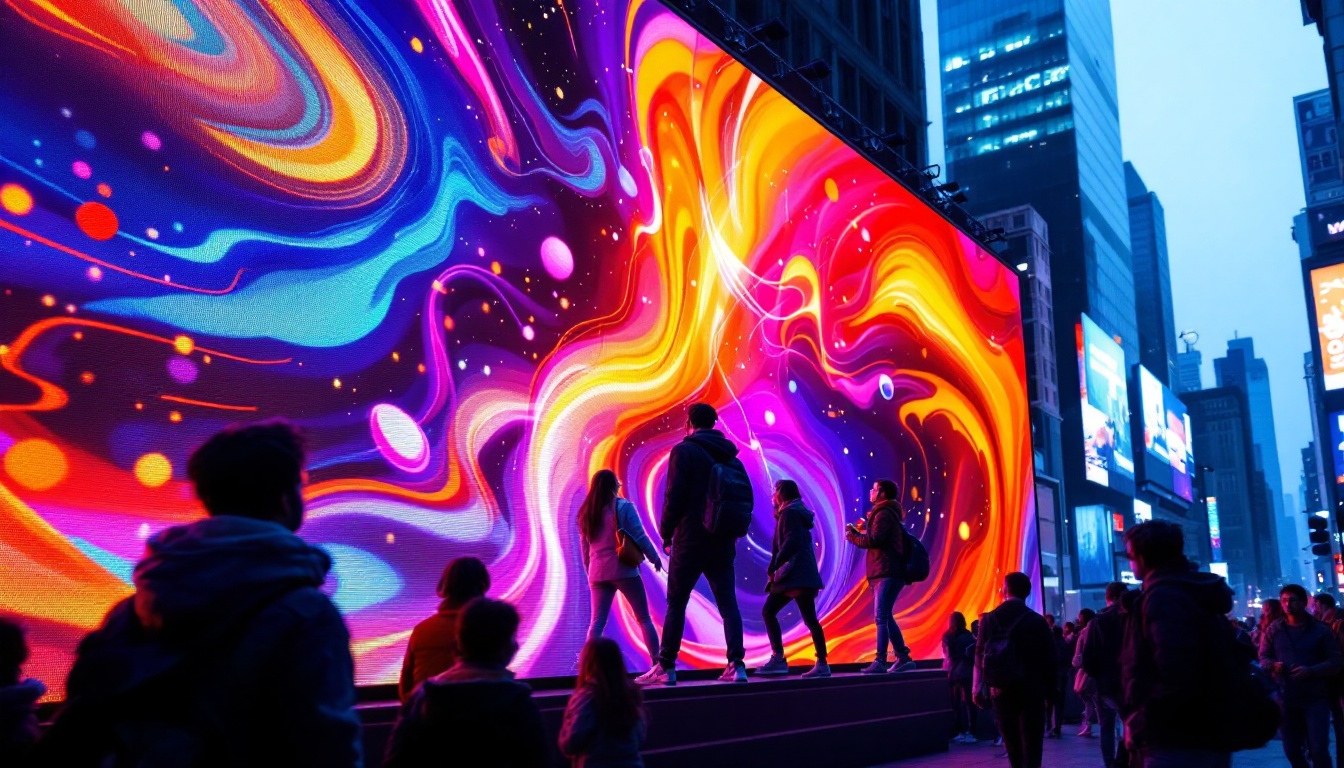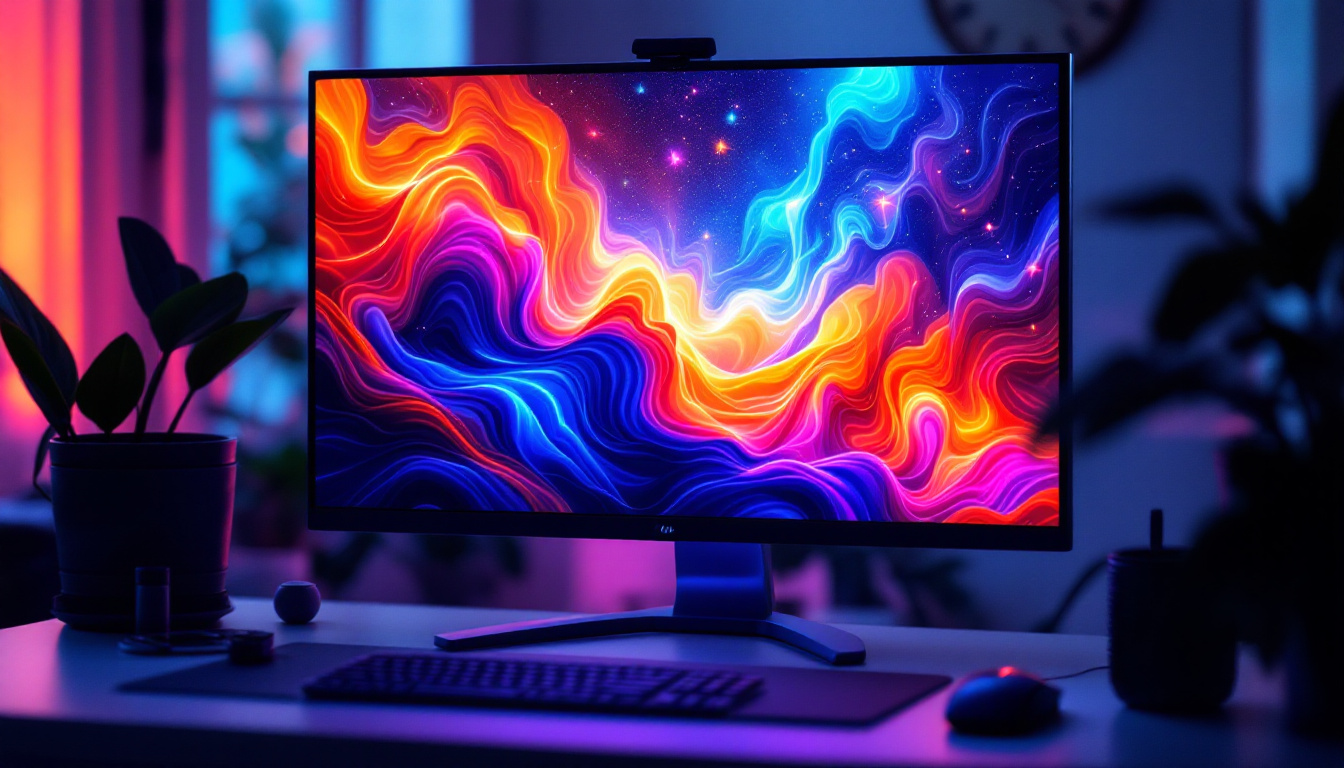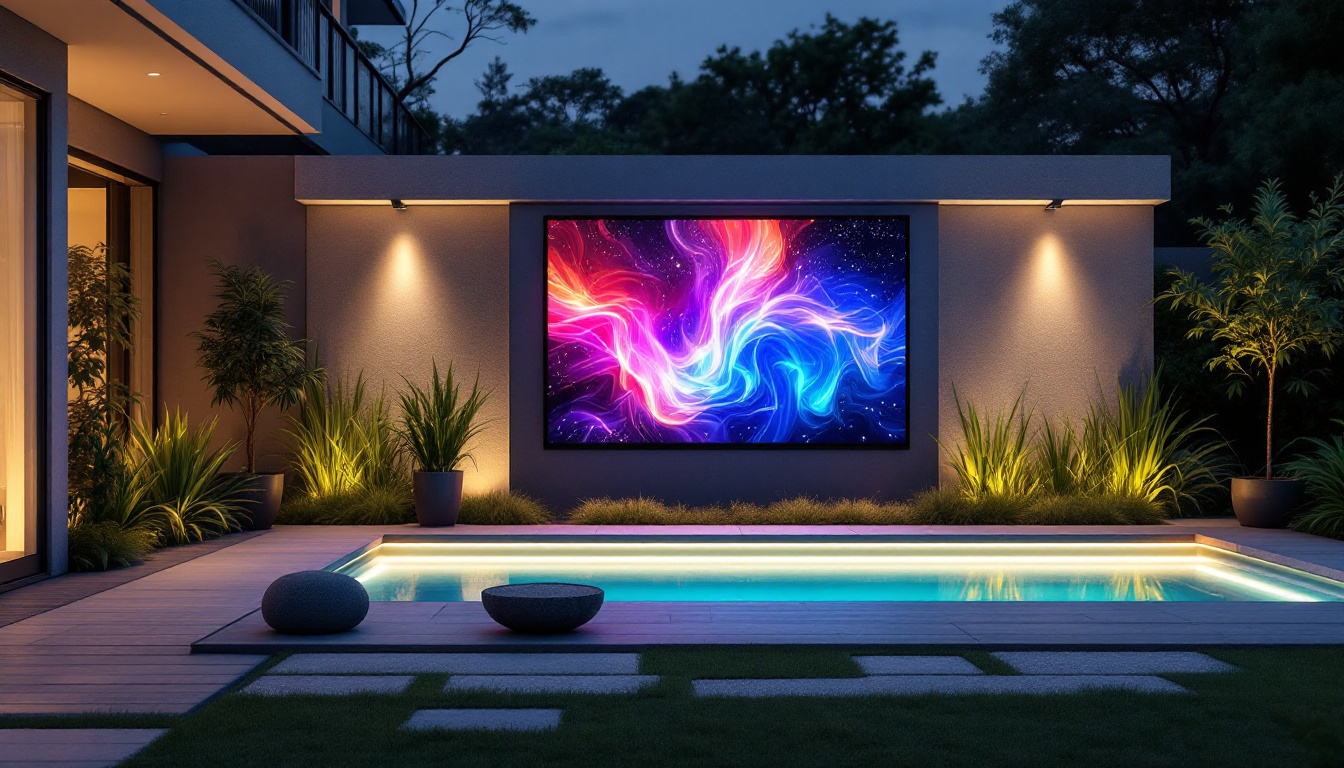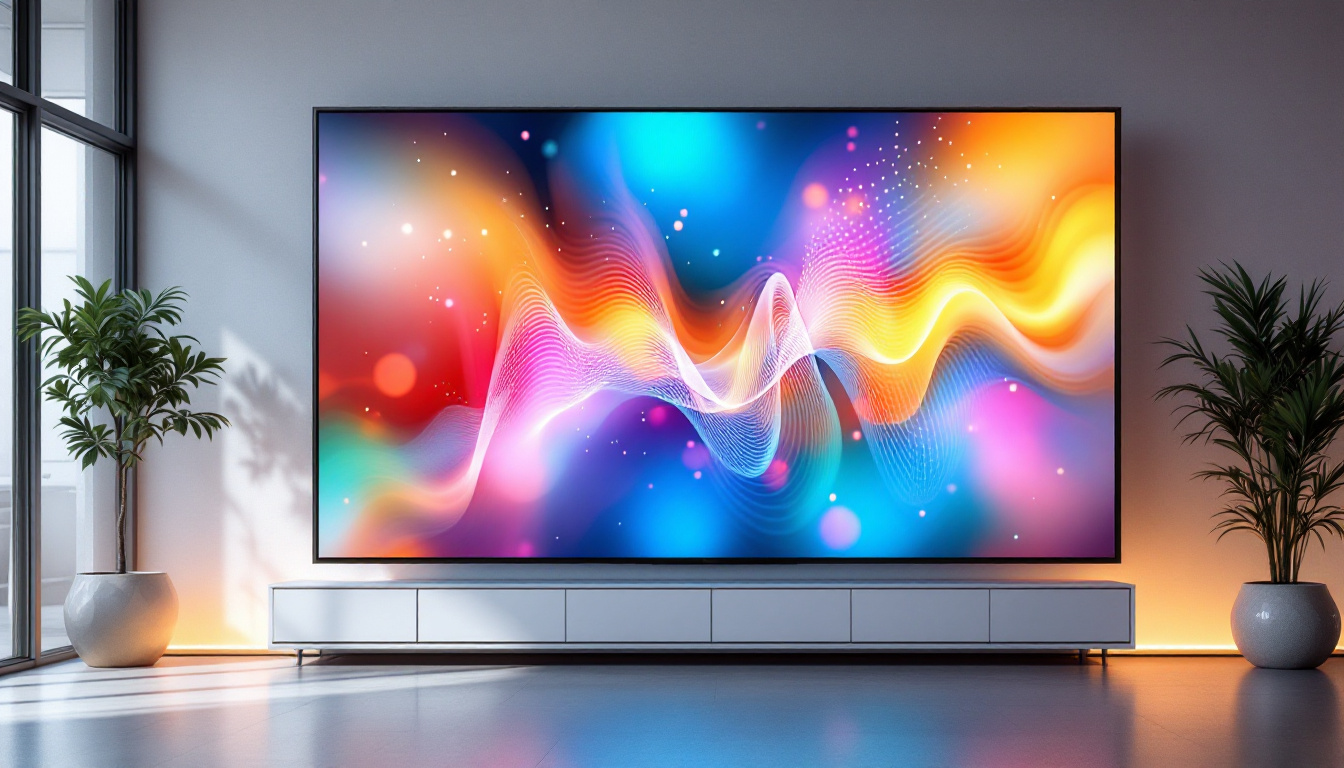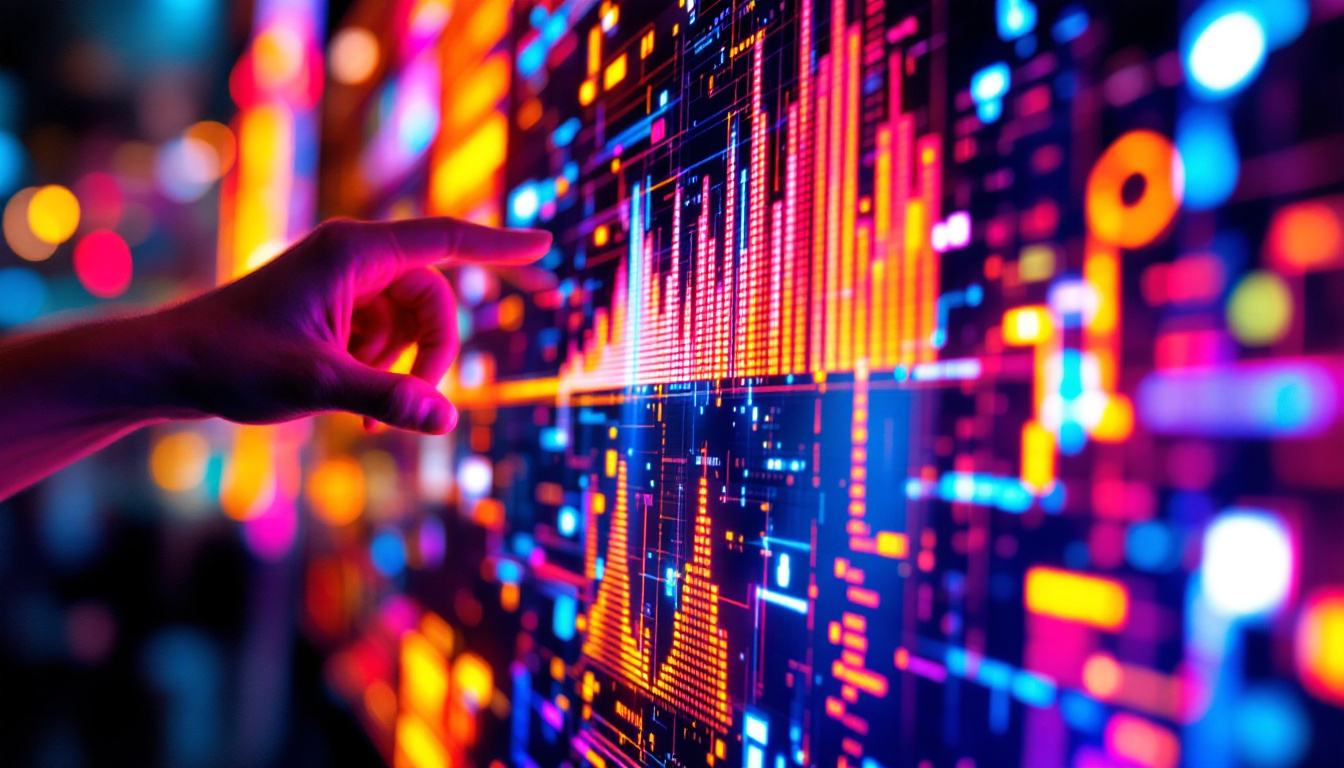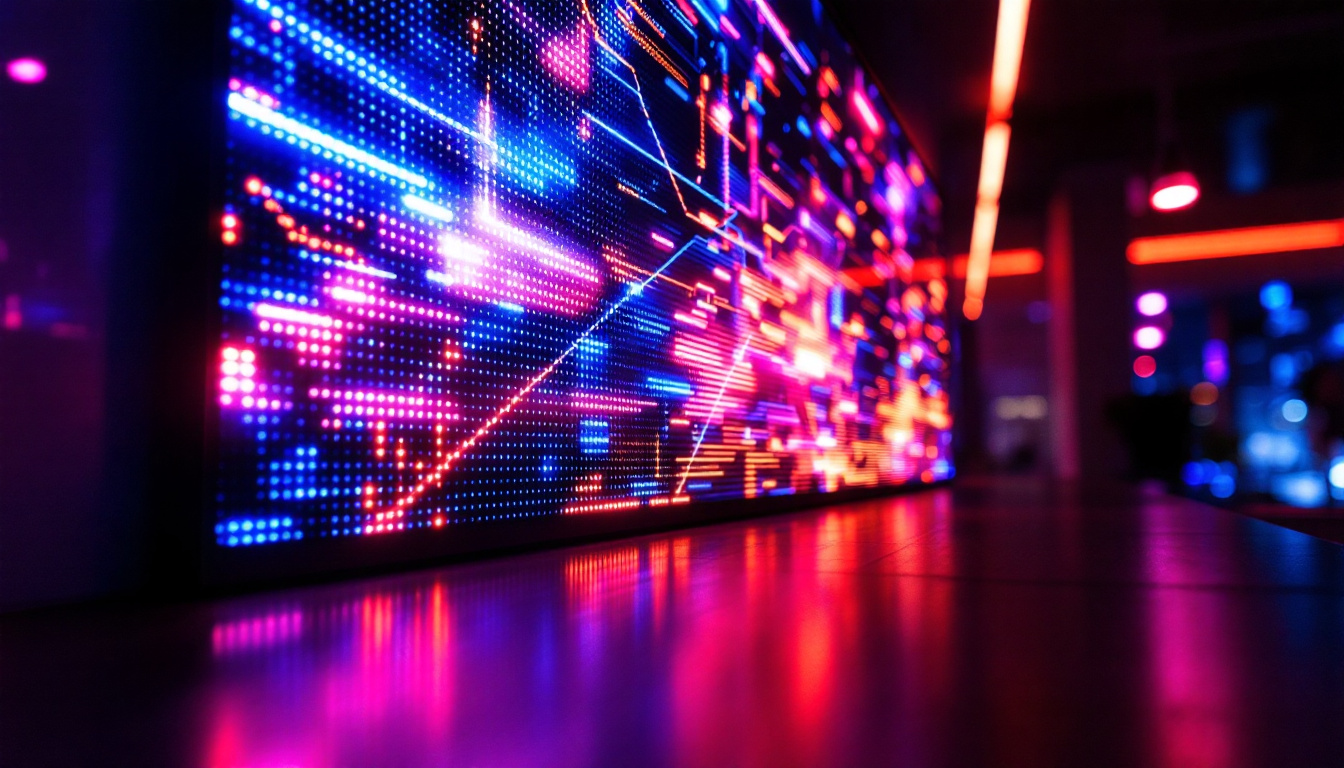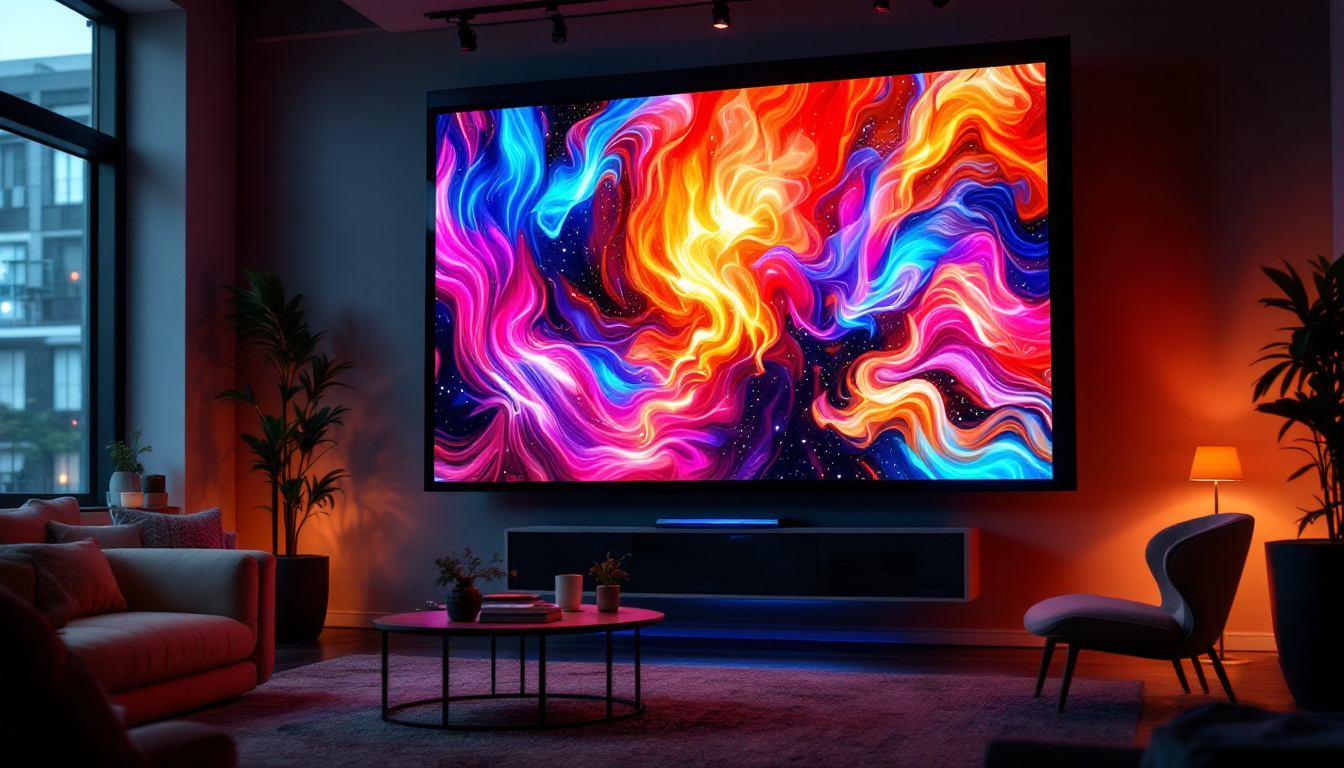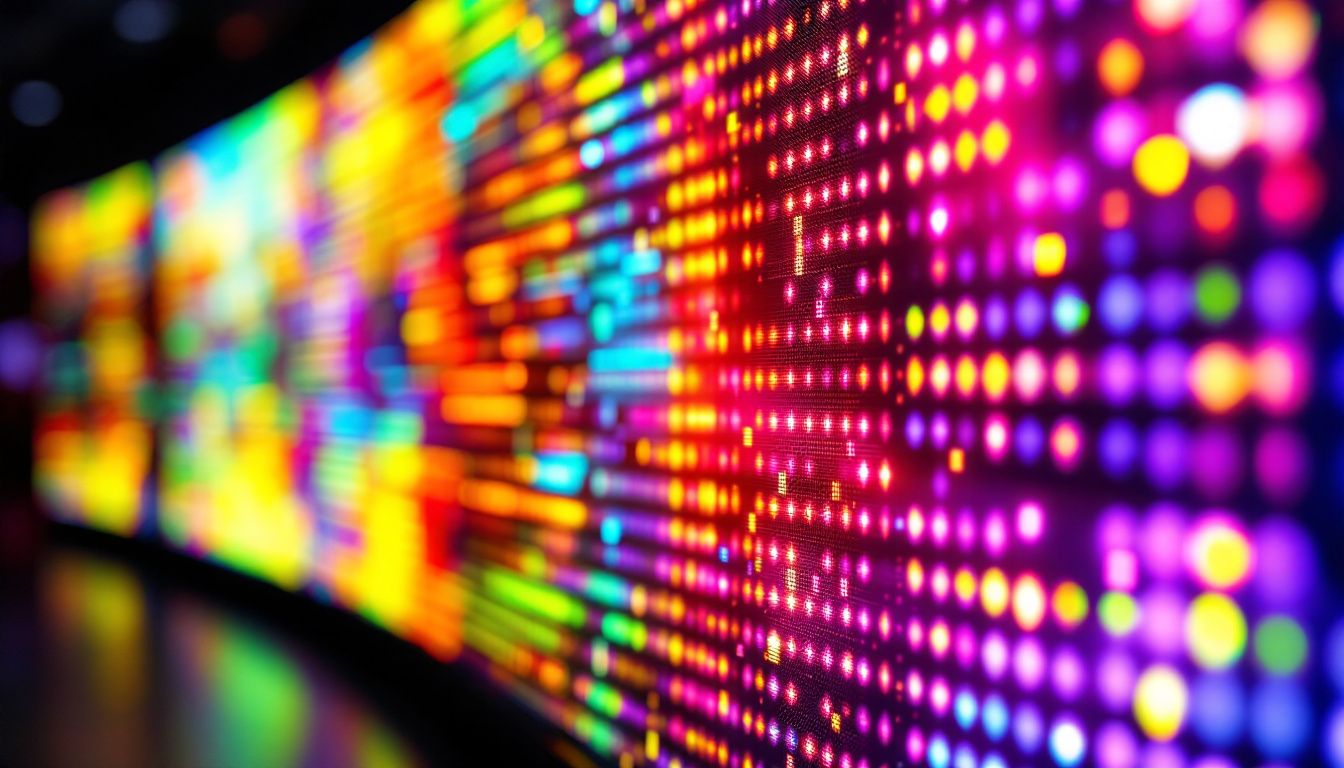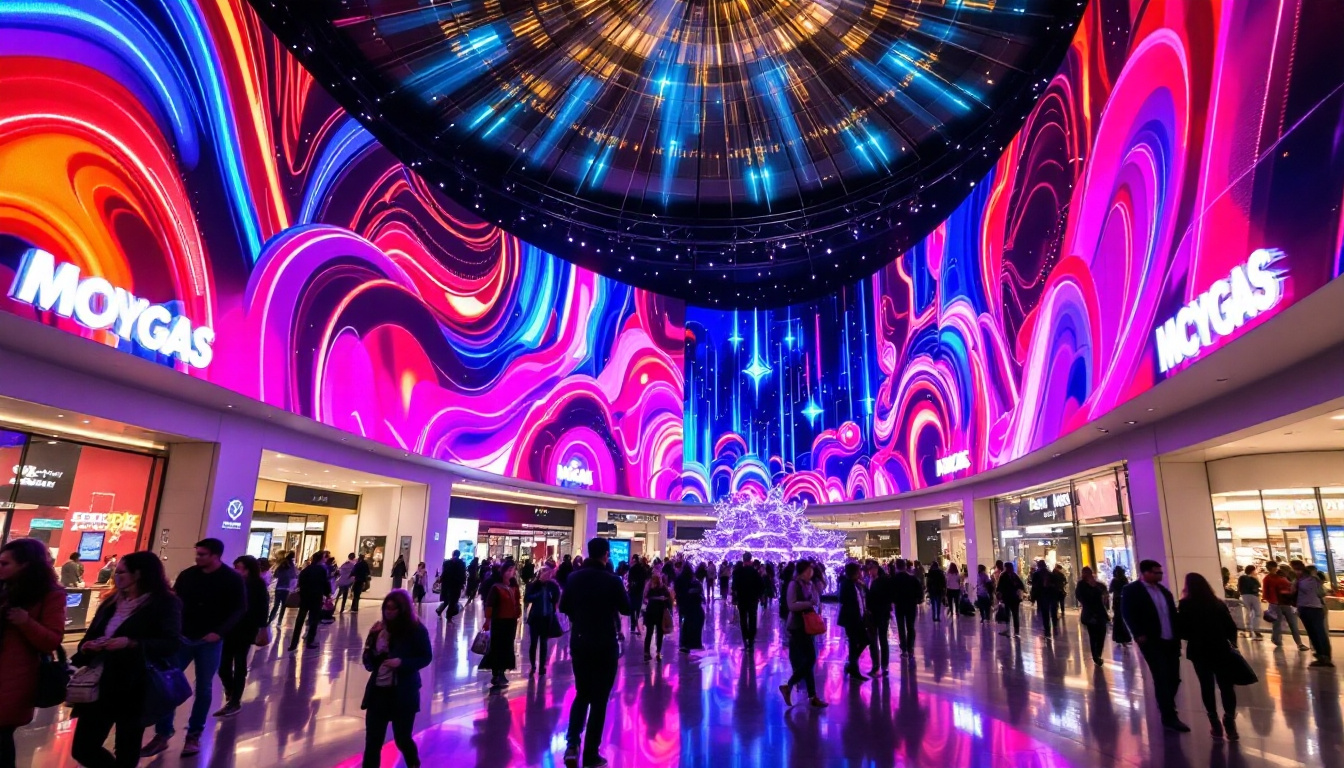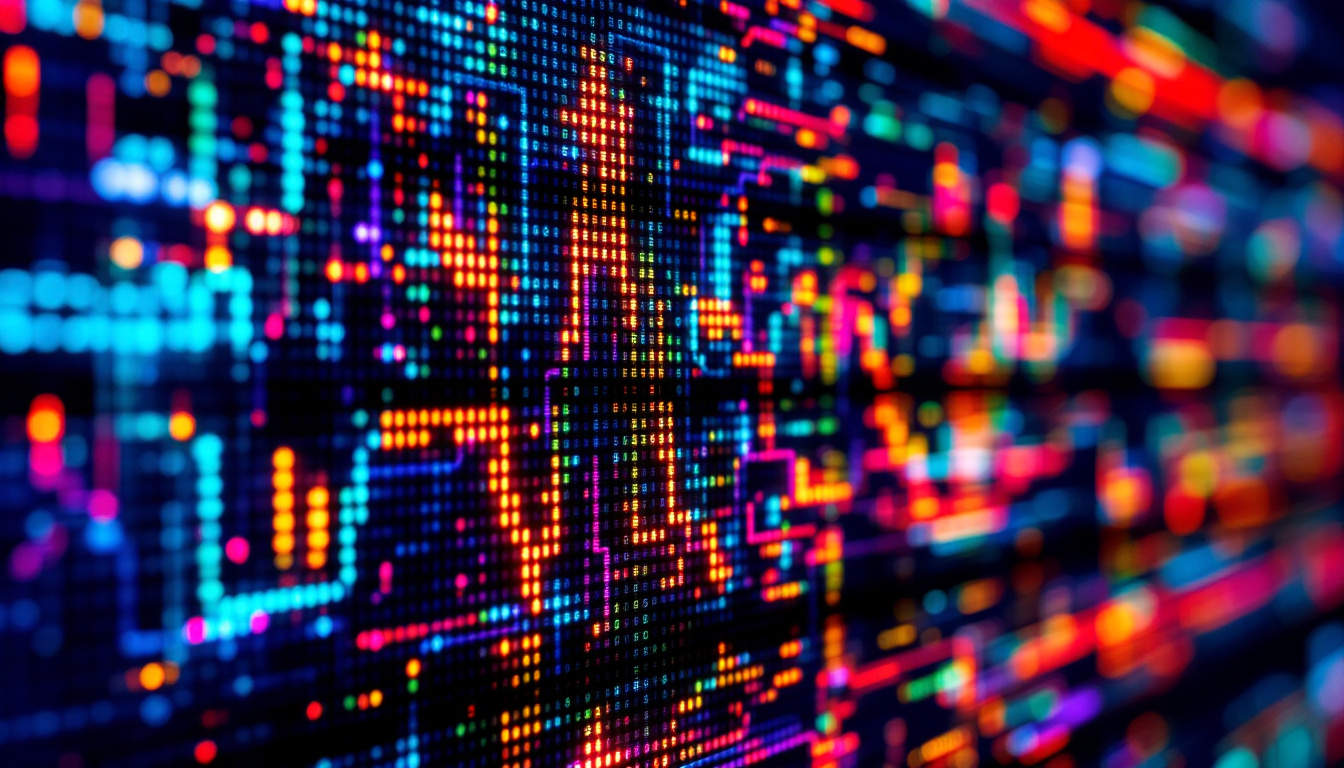In recent years, the rise of digital art has transformed the art market, introducing innovative ways for artists to showcase and sell their work. One of the most exciting developments in this realm is the use of LED displays, which offer a dynamic platform for presenting digital art. This article delves into the intricacies of digital art sales through LED displays, exploring their benefits, technology, and the future of this vibrant intersection of art and technology.
The Evolution of Digital Art
Digital art has come a long way since its inception. Initially seen as a niche market, it has grown into a legitimate form of artistic expression embraced by both artists and collectors. With advancements in technology, artists are now able to create stunning visuals that can be easily shared and sold online.
From Traditional to Digital
The transition from traditional art forms to digital mediums has been gradual yet impactful. Artists have begun to explore software tools that allow for intricate designs, animations, and interactive pieces. This shift has not only expanded the definition of art but has also opened new avenues for sales and distribution.
As the digital landscape evolves, so does the audience’s perception of art. Collectors are increasingly recognizing the value of owning digital pieces, especially as they become more accessible through online platforms. Additionally, the rise of social media has played a significant role in this transformation. Artists can now showcase their work to a global audience, gaining instant feedback and building a community around their creations. This democratization of art has led to a diverse range of styles and voices emerging in the digital space, enriching the art world as a whole.
The Role of Technology
Technology plays a pivotal role in the creation and distribution of digital art. High-resolution screens, graphic tablets, and advanced software have empowered artists to push the boundaries of creativity. Moreover, the rise of blockchain technology has introduced concepts like NFTs (non-fungible tokens), which have further revolutionized how digital art is bought and sold.
These technological advancements not only enhance the creative process but also facilitate a more interactive experience for viewers, making digital art more engaging than ever before. Artists are now experimenting with augmented reality (AR) and virtual reality (VR), allowing audiences to immerse themselves in their artwork in ways that were previously unimaginable. This integration of technology not only captivates viewers but also challenges traditional notions of space and presence in art, inviting them to participate in a multi-dimensional experience that blurs the lines between creator and observer.
Understanding LED Displays
LED displays are a crucial component in the presentation of digital art. Their vibrant colors, high brightness, and ability to showcase dynamic content make them an ideal medium for artists looking to captivate their audience.
What is an LED Display?
LED stands for Light Emitting Diode, a technology that uses semiconductor materials to emit light when an electric current passes through them. LED displays are composed of numerous tiny diodes that work together to create images and videos. This technology has become increasingly popular for various applications, including advertising, entertainment, and, notably, art exhibitions.
The flexibility of LED displays allows them to be used in various formats, from large outdoor billboards to smaller indoor screens, making them versatile for different artistic presentations. Artists can utilize these displays to create immersive environments, where the art interacts with the viewer, enhancing the overall experience. For instance, installations can be designed to respond to audience movements or sound, creating a dynamic interplay between the artwork and its observers.
Advantages of LED Displays for Digital Art
One of the primary advantages of LED displays is their ability to produce vibrant colors and sharp images. This quality is essential for digital art, where color accuracy and detail can significantly impact the viewer’s experience. Additionally, LED displays can be viewed from various angles without losing image quality, making them suitable for exhibitions where audience movement is expected.
Moreover, LED technology is energy-efficient and has a long lifespan, making it a sustainable choice for artists and galleries alike. The ability to update content easily means that artists can continually refresh their displays, keeping their work relevant and engaging. This adaptability allows for a unique storytelling approach, where artists can curate their exhibitions to evolve over time, perhaps even incorporating real-time data or social media feeds into their displays, further blurring the lines between art and technology.
Furthermore, the lightweight nature of LED panels facilitates innovative installation techniques, allowing artists to explore unconventional shapes and configurations. This opens up a realm of possibilities for creating three-dimensional art pieces that can envelop viewers, making them feel as though they are part of the artwork itself. The integration of sound and motion sensors can also enhance the sensory experience, inviting viewers to engage with the art on multiple levels and fostering a deeper emotional connection.
Digital Art Sales through LED Displays
The integration of LED displays into the digital art sales process has created new opportunities for artists and collectors. This section explores how artists can leverage this technology to enhance their sales strategies.
Showcasing Art in Real-Time
One of the most significant benefits of using LED displays for digital art is the ability to showcase work in real-time. Artists can present their pieces as dynamic installations, allowing for animations and interactive elements that engage viewers on a deeper level. This interactivity can create a memorable experience, encouraging potential buyers to appreciate the art in a way that static images cannot achieve.
Moreover, real-time showcasing allows artists to experiment with various presentations, adjusting colors, animations, and even sound to create a holistic experience. This adaptability can be a powerful tool in attracting collectors who are looking for unique and innovative works. For instance, an artist might choose to display a piece that evolves over time, changing its visual elements based on viewer interaction or even external factors like the time of day or weather conditions. Such features not only captivate the audience but also invite them to return, as each viewing can offer a new experience.
Creating a Unique Selling Proposition
In a crowded market, standing out is crucial for artists. LED displays can serve as a unique selling proposition (USP) that differentiates an artist’s work from others. By incorporating technology into their presentations, artists can appeal to a tech-savvy audience that values innovation.
Furthermore, artists can use LED displays to tell a story about their work. By integrating video content or animations that explain the inspiration behind a piece, artists can create a narrative that resonates with potential buyers, enhancing the emotional connection to the artwork. This storytelling aspect can be particularly effective in exhibitions or online platforms, where viewers often seek a deeper understanding of the art they are considering for purchase. Additionally, artists can collaborate with musicians or sound designers to create an immersive auditory experience that complements the visual elements, further enriching the overall presentation and making it more appealing to collectors who appreciate multi-sensory art forms.
The Future of Digital Art Sales
The future of digital art sales is bright, with LED displays playing a significant role in shaping the landscape. As technology continues to advance, the possibilities for artists are expanding, offering new ways to connect with audiences and sell their work.
Emerging Trends
One emerging trend is the increasing use of augmented reality (AR) in conjunction with LED displays. Artists can create immersive experiences that allow viewers to interact with their art in new and exciting ways. For example, an artist could develop an AR application that enables viewers to see additional layers of their work through their smartphones, enhancing the overall experience.
Additionally, the rise of virtual galleries and online exhibitions is transforming how art is sold. Artists can now reach a global audience without the limitations of physical space. LED displays can be integrated into these virtual environments, allowing for dynamic presentations that mimic real-world exhibitions.
Challenges Ahead
Despite the promising future, challenges remain for artists looking to sell their work through LED displays. The initial investment in high-quality display technology can be significant, which may deter some artists from exploring this avenue. Furthermore, the rapid pace of technological change means that artists must stay informed about the latest advancements to remain competitive.
Additionally, as the market for digital art continues to grow, issues surrounding copyright and ownership may become more complex. Artists must navigate these challenges to protect their work while leveraging the opportunities presented by LED technology.
Conclusion
Digital art sales through LED displays represent a fascinating convergence of creativity and technology. As artists continue to explore this medium, they are not only expanding their artistic horizons but also redefining how art is perceived and sold. The vibrant colors, dynamic presentations, and interactive experiences offered by LED displays are changing the landscape of the art market, making it more accessible and engaging for a broader audience.
As the future unfolds, artists and collectors alike will benefit from the innovations that LED technology brings to the digital art scene. By embracing these advancements, artists can create unique experiences that resonate with viewers and elevate their work in an increasingly competitive market.
In summary, the integration of LED displays into digital art sales is not just a trend; it is a transformative movement that is reshaping the way art is created, shared, and appreciated. The journey ahead is filled with possibilities, and those who adapt to these changes will undoubtedly thrive in the evolving art landscape.
Explore the Future of Digital Art with LumenMatrix
Ready to immerse yourself in the vibrant world of digital art through cutting-edge LED technology? Discover how LumenMatrix’s innovative LED display solutions can transform your artistic vision into a captivating reality. From Indoor LED Wall Displays to Custom and Transparent LED options, LumenMatrix offers a wide range of products designed to elevate your digital art and engage audiences like never before. Check out LumenMatrix LED Display Solutions today and join the revolution in visual communication.

